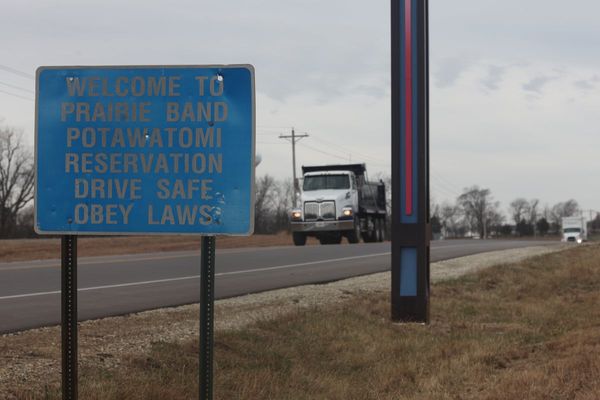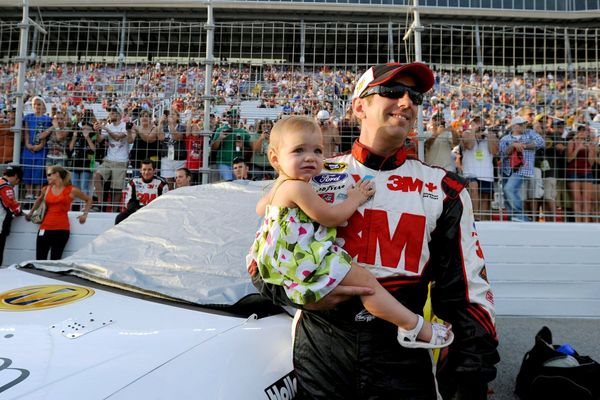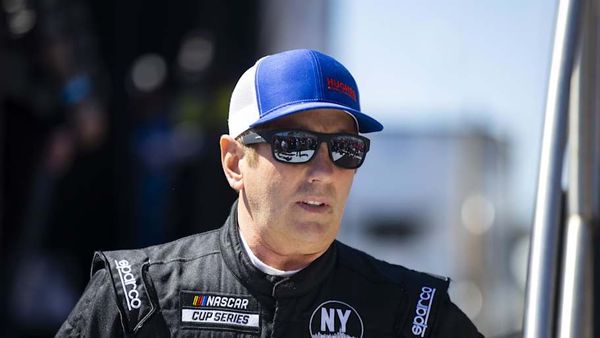I grew up with the 12 O'Clock Boys on repeat, and if you didn't, just listen. This documentary follows a notorious urban dirt bike gang in Baltimore and a boy, Pug, who grows up and finds a home in the gang. The gang is known for its wild street antics on ATVs and dirt bikes and the wheelies some of the lads do are as good as any Brazilian person you'll see wearing flip flops on Instagram.
In ways, it romanticizes the lifestyle of illegal street riding and stunts. There are even times that the whole thing feels OK because the local authorities don't stop them or, rather, they choose not to stop them because it would be too dangerous for all parties involved and civilians nearby.
This practice of following but not stopping dirt bike street gangs isn't uncommon, but recently police intervened in a wreckless ATV rider and we saw the reason why it's sometimes best not.
A reckless ATV rider in Kansas City, Missouri recently led police on a wild chase. At around 7 pm last Saturday, the Kansas City Police Department (KCPD) attempted to deploy a tire deflation device to stop the rider. But this sent the rider into a frenzy as the suspect tried to evade the deflation device, leaving no choice but for one officer to try and stop the rider with a hands-on approach.
According to KCPD Chief, Stacey Graves, "the driver backed up, brought the ATV into a wheelie and struck our officer, landing atop our officer, and then continued to drive over him as he fled the scene,” Thankfully, the officer survived, however, he was injured, and law enforcement lost sight of the rider.
Graves has said the KCPD will continue to deploy tactical response teams in response to these types of incidents, but it appears business owners and employees in the area want the department to do more to put an end to these antics.
Tracy Hung, an employee in the area, said, "They think they’re above the law... If that’s not enough to raise awareness, I don’t know what it takes. Truthfully, anything that happens now, anything bad that happens, we’re just like ah ok another thing.”
The question I pose to you is, what should police departments do to reduce these types of instances?







